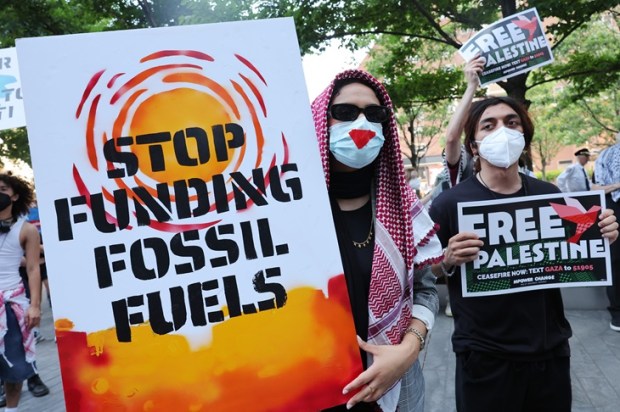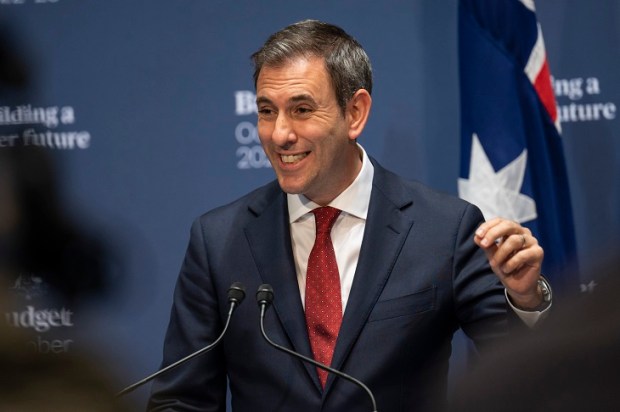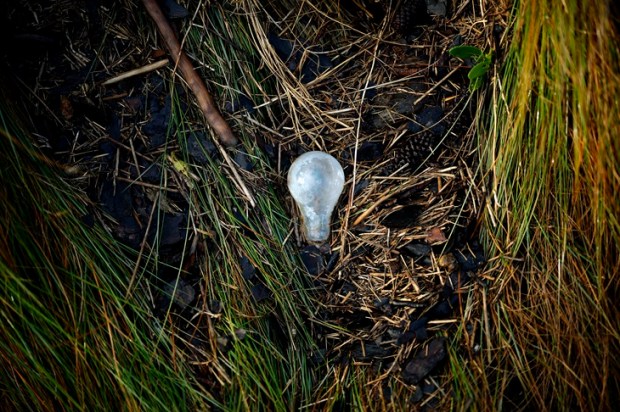There have been several hundred Australian analyses of climate change policy and its costs and benefits. Most have provided profundities and attractively presented impressive looking modelling, normally demonstrating that the medicine, though bitter at first, will make us better and possibly richer in the long run.
The latest such document is that of the Climate Change Authority and it does not disappoint.
Already a subscriber? Log in
Subscribe for just $2 a week
Try a month of The Spectator Australia absolutely free and without commitment. Not only that but – if you choose to continue – you’ll pay just $2 a week for your first year.
- Unlimited access to spectator.com.au and app
- The weekly edition on the Spectator Australia app
- Spectator podcasts and newsletters
- Full access to spectator.co.uk
Or

























Comments
Don't miss out
Join the conversation with other Spectator Australia readers. Subscribe to leave a comment.
SUBSCRIBEAlready a subscriber? Log in